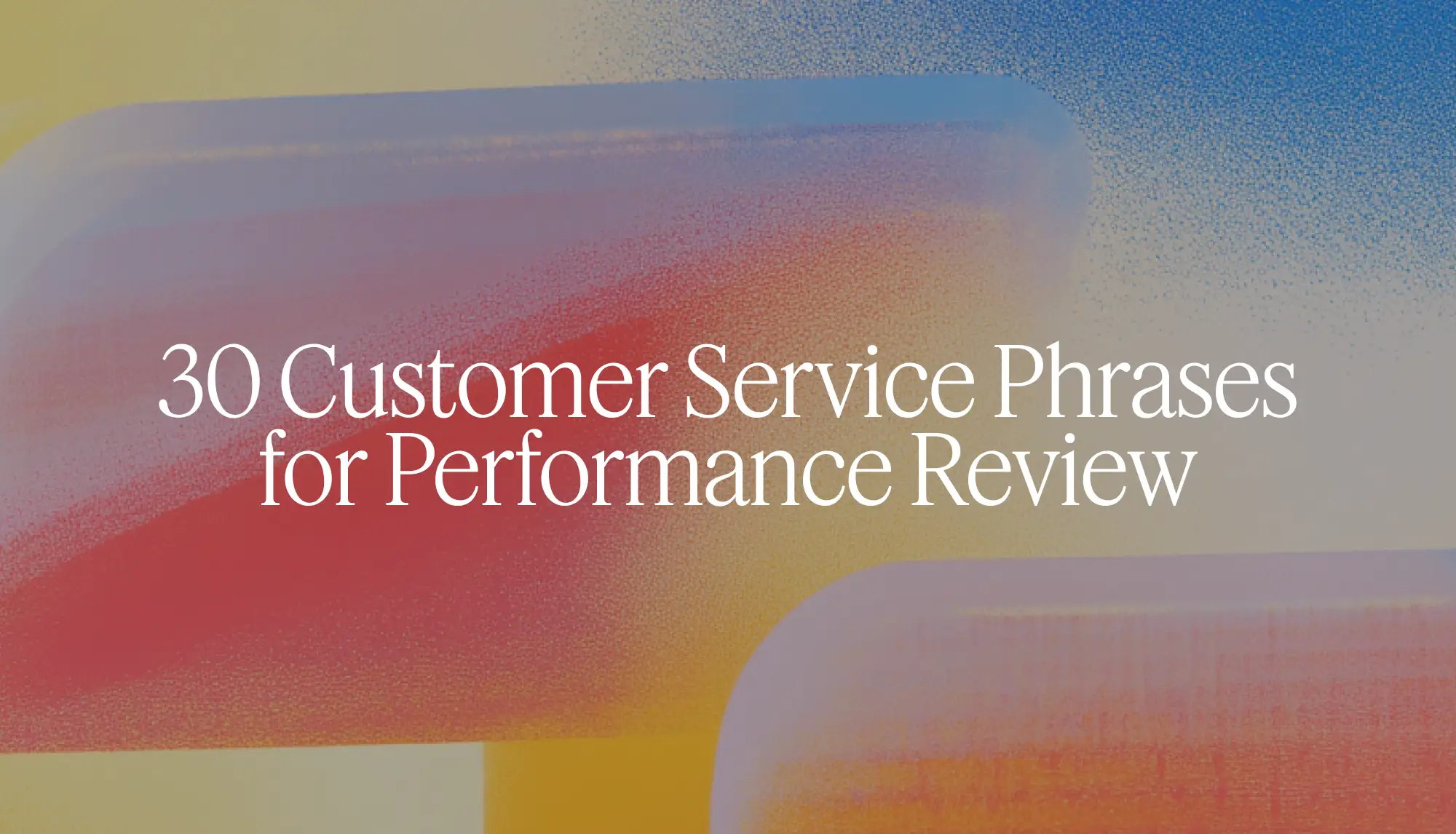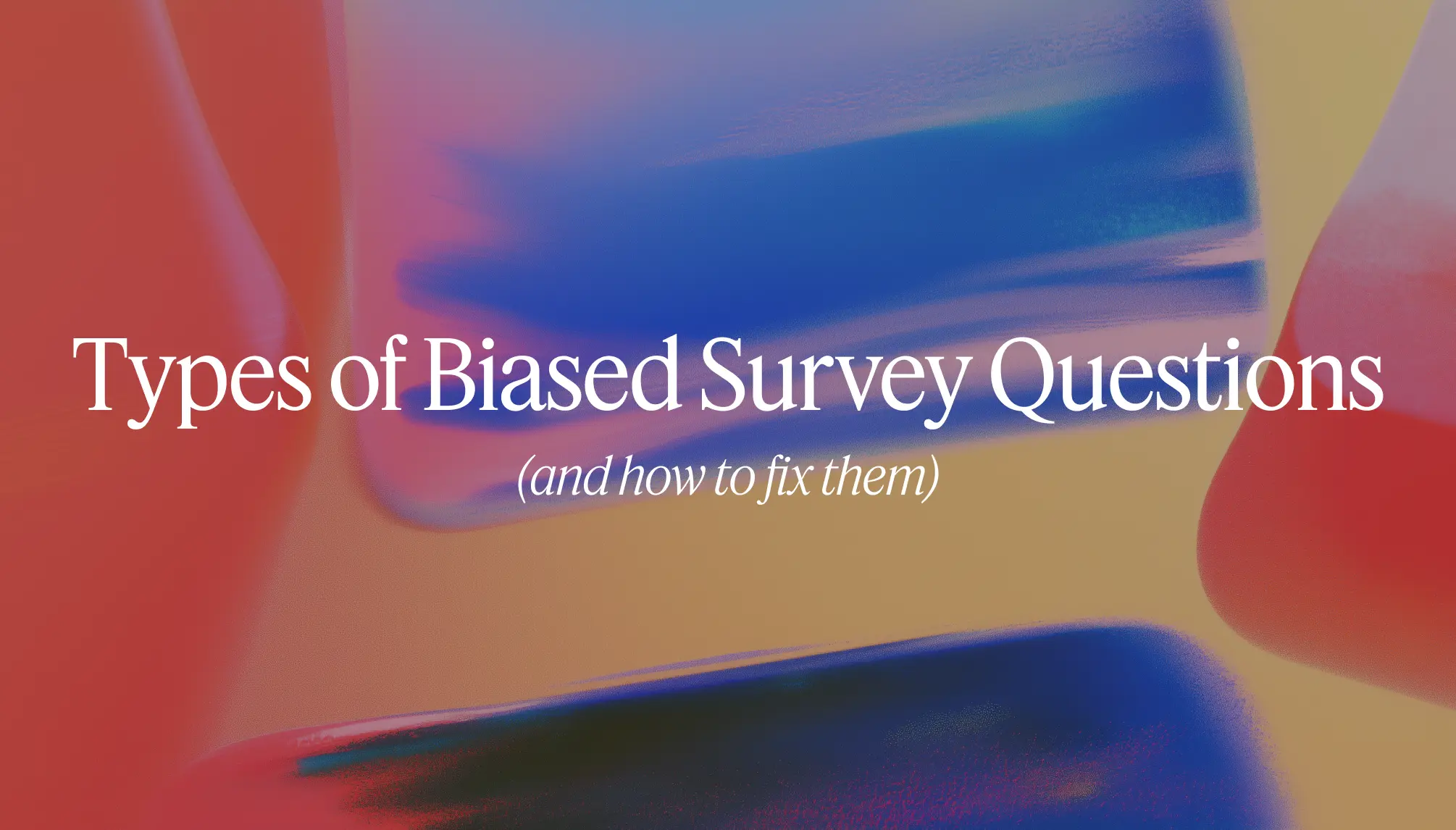
Written by
Andrei Negrau
Why resolutions aren't outcomes: a deep dive into customer service AI agent pricing models
August 13, 2025
7
min read
A story of "resolution" gone wrong
Recently, my team got a demo request from a company that was already using an AI support bot from another vendor. Curiously, I asked why they were looking to switch if they had a solution in place. Their answer was telling: "We just don't trust the 'resolution' rates our current AI vendor reports."
This caught my attention. It turns out they're not alone – I've heard versions of this concern repeatedly from businesses using so-called outcome-based pricing models for AI.
Outcome-based pricing sounds great on paper: you only pay when the AI successfully resolves a customer inquiry. From a marketing standpoint, it's incredibly enticing – who wouldn't want to "pay only for results"? This model emerged from the AI hype cycle as vendors tried to prove value and align costs with outcomes. But after working with hundreds of companies on AI support deployments, I've seen that outcome-based pricing isn't what it seems. In practice, it often breeds confusion, erodes trust, and even holds back your automation strategy.
In this post, I want to pull back the curtain on outcome-based pricing models for AI customer service. I'll explain why we chose a different path – conversation-based pricing – and why we believe it leads to better outcomes for everyone.
The appeal vs. the reality
At first glance, outcome-based pricing sounds like a win-win. The logic is "you only pay for what works." Vendors pitch it as putting their "skin in the game" – if the AI doesn't perform, you aren't charged.
In theory: You align cost with value. Some major platforms have started adopting it, with one recently announcing customers "will only incur costs for issues that are resolved autonomously by AI."
In reality: When I talk to leaders actually using these models, a very different picture emerges. Almost everyone says the same thing: "We don't really trust what they call a resolution, but we're stuck with it."
The definition of "resolved" becomes a black box controlled by the vendor. And because the vendor's revenue depends on maximizing those "resolutions," they have every incentive to stretch that definition as far as it will go.
One customer described it bluntly: "The vendor is always going to find a way to rig the system."
The "resolution" definition game
Here's the crux: every vendor defines "resolution" differently, usually in whatever way makes their bot look most effective.
Three companies I spoke with last month:
Company A was being charged for "resolutions" where customers simply went silent after 5 minutes. Their vendor's logic? If the user didn't respond, they must be satisfied. The reality? Many customers just gave up or got frustrated. One support manager told me, "We're literally paying them for conversations where customers hung up annoyed."
Company B discovered their AI vendor counted any conversation as "resolved" if no human agent officially took over – even when customers' issues weren't actually fixed. They found cases where customers got unhelpful answers, didn't contact support again, but the vendor still billed it as a success because "no escalation occurred."
Company C was charged every time their AI served an article link and a customer clicked it. Whether that article actually answered the question was irrelevant – a click equaled a billable "resolution." Their operations lead spent hours auditing these charges: "Half the articles people clicked didn't even relate to their actual problem."
To be fair, some vendors try to be more rigorous. For instance, Zendesk's approach waits 72 hours and then uses an AI model to verify if the issue was likely solved. Others, like Intercom's Fin bot, require explicit customer confirmation that the answer was satisfactory. But even these "stricter" definitions rely on assumptions – silence is often interpreted as satisfaction, which isn't always accurate.
The key point: there's no standard definition of "resolution." Every vendor has their own recipe, and they often keep the details opaque.
When a vendor brags about a high "AI resolution rate," you need to dig deeper. We've seen vendors count a single conversation with two issues as two resolutions just to boost numbers. Others count conversations as resolved even when customers asked for humans but never connected.
Why partial wins become total losses
Beyond definition games, outcome-based pricing creates a practical limitation: it only rewards all-or-nothing outcomes. Either the AI "resolved" the issue and the vendor gets paid, or it didn't and they don't.
Real customer service is rarely so black-and-white.
Consider warranty replacements in e-commerce. A customer contacts a retailer about a defective product. An AI can handle 90% instantly: ask for the order number, verify the item, gather photos of the defect, confirm shipping address. All that's left is final authorization from a human manager due to company policy.
The customer is effectively taken care of – the AI did the heavy lifting in seconds. But the outcome-based vendor sees this as zero resolution because a human pressed the final button. They provided massive value for free.
Do we expect vendors to happily do this repeatedly? Of course not. They'll push for full end-to-end automation of every request – even when it's not realistic or advisable.
This creates misaligned incentives: vendors focus only on queries they can handle 100% autonomously. They'll avoid or inadequately attempt anything that might need human collaboration. You end up automating less of your workload because anything less than perfect doesn't "count."
The AI leaves value on the table because 99% success gets the same payment as 0% success: nothing.
The true cost of gaming metrics
Outcome-based pricing introduces subtle costs that aren't obvious upfront:
Trust and verification overhead: Because of resolution ambiguity, customers audit their AI vendor's reports. I've spoken with teams who go conversation by conversation to double-check if those marked "AI resolved" truly were solved. One operations manager told me: "I spend 5 hours a week arguing with our vendor about what counts as resolved. That's not what I signed up for."
Unpredictable costs: Your bill swings wildly month to month. If your inquiry volume spikes, costs spike. But here's the real kicker: if the bot improves and resolves more cases, you ironically pay more for the improvement. You're being punished for success. If you double your automation rate, you double your bill – even if the total number of customer conversations stays the same. A study found that if an AI went from resolving 25% to 75% of inquiries, resolution-based pricing could cost three times more by year three than a flat conversation model.
Cherry-picked automation: When vendors only get paid for fully resolved cases, they design the AI to maximize their revenue, not your customer experience. This means aggressively handling things the AI isn't equipped for, or avoiding topics where humans might need to finish the job.
How conversation-based pricing fixes this
After seeing these issues play out, we decided at Siena to take a different path. We use per-conversation pricing – you pay a flat rate for each customer conversation our AI handles, regardless of outcome.
Here's why it works better:
1. Predictability & transparency Cost = conversations × rate. Simple. No mysterious formulas. If our AI handles 500 conversations this month, you pay for 500. One customer told me: "We don't waste time second-guessing the invoice – a conversation is a conversation."
2. No debates over definitions Since we're not billing based on success metrics, we can be completely honest about AI performance. We track resolution rates closely, but there's no incentive to inflate them. We never have awkward arguments about what counts as resolved.
3. Aligned incentives for quality We earn and retain business based on service quality, not gaming metrics. Since customers know we're not manipulating numbers, they focus on real outcomes: customer satisfaction, volume automated, time saved. We win when those metrics improve.
4. Freedom to integrate AI where it helps most Want the AI to handle 80% of a workflow and loop in humans for approval? No problem. Need AI to collaborate with your Tier 2 agents? We're all for it. You're not penalized for sophisticated human-AI collaboration – you're rewarded with efficiency gains.
5. Predictable scaling If support volume grows 10%, AI cost grows 10%. If we make the AI twice as effective, you pay the same per conversation – your cost per resolved issue drops. Your ROI improves as automation improves. This is how technology should work.
What actually matters
We track outcomes obsessively – we just don't bill you for them. We provide detailed metrics: resolution rates, customer satisfaction, revenue impact. These guide optimization, not invoicing.
Whether our AI resolves 60% or 90% of inquiries in a given month doesn't change your bill. It changes our conversation about improving the system. This keeps everyone honest and focused on what matters: great customer experiences.
The path forward
Outcome-based pricing was well-intentioned – an attempt to prove value in the AI hype cycle. But the execution hasn't lived up to the promise. If you feel you're being "played" by fine print, that's not a sustainable partnership.
We'd rather say: "Let's agree on a straightforward unit and focus our energy on making every conversation amazing for your customers."
Our clients have found this refreshing. One leader told me: "Easy to explain to finance – we pay X cents per chat, period. No weird math." Another said it "eliminated debates about what counts as success, letting us focus on improving the bot rather than arguing about billing."
Demand clarity from any AI vendor about how they define success. Consider whether a simpler usage-based model might serve you better.
In an industry were hype is sold at every step of the buying journey, trust wins. At Siena, we charge per conversation, deliver value in every conversation, and track success in terms that matter to your business – not in metrics that boost our bottom line.
You'll always know exactly what you're paying for. And it won't be for "ghost resolutions" – it'll be for real conversations handled with care.






